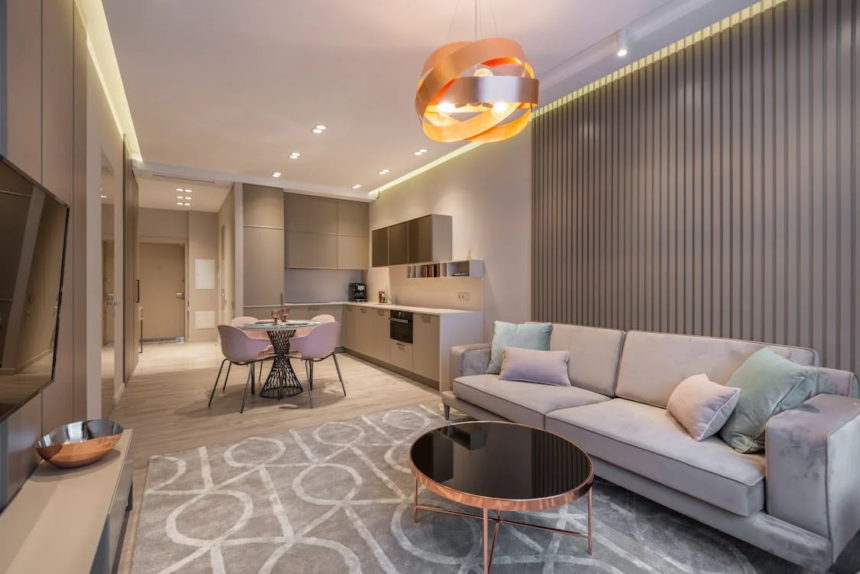Good lighting is essential for making any home feel cozy and functional. It also contributes significantly to visual performance and safety. However, this aspect of home interiors is often overlooked, even in modern buildings.
Besides being an integral part of household comfort and aesthetics, lighting affects how much energy your home uses. It constitutes 15 percent of an average home’s electricity consumption. Considering this, being intentional about the lighting design of your home interior is imperative.
Whether fixing up your current home or moving into a new one, lighting can transform your space into a comfortable and efficient environment. This article provides interior lighting tips to help you illuminate your home with style, comfort, and efficiency in mind.
Pay Attention to Lighting Fixture Design
Lighting fixtures serve practical and aesthetic purposes in your home. They can enhance a space’s functionality and give it a more exciting and elegant look. These fixtures come in varying styles and shapes, so you must pay attention to the design you choose. Ensure they complement your home’s interior and theme.
For instance, modern chandeliers from Visual Comfort & Co. are an excellent choice for illuminating specific task areas while also adding a touch of elegance. You can highlight your space’s best features using these fixtures.
Layer Your Home Interior Lighting
Incorporating multiple layers of lighting can help you create versatile and comfortable interiors. The three basic layers of lighting include ambient, task, and accent lighting. Ambient lighting provides the overall level of illumination, setting the ambiance of your home.
Meanwhile, you can install task lighting to provide focused illumination for accomplishing specific tasks. Accent lighting highlights elements in a room, such as stunning artwork or key architectural features.
Each layer serves a distinct purpose, making the room more comfortable and visually appealing. Layering these different types of lights adds depth to your interior. You can also control how you use the lighting based on your needs and preferences.
Incorporate More Natural Lighting
Although artificial lights are essential, remember the importance of natural light. Getting lots of natural light can boost your mood and make your home look better overall. Sunlight helps the brain produce more serotonin, which makes you feel good.
Getting lots of natural light can significantly affect your mood and overall well-being. As a bonus, it also lessens your reliance on indoor lighting, helping you save energy and lower your utility bills.
Think about using light-colored curtains or blinds that let sunlight in but still keep your privacy. Skylights are another option to get more natural light. They reduce the need for artificial lighting during the day.
Look for Energy-Efficient Lighting Solutions
Using specific lighting layers can help you avoid unnecessary energy consumption. You can incorporate dimmers, timers, and smart lighting controls to manage multiple layers efficiently. This enables you to cut down your energy consumption and environmental impact.
Switching to light-emitting diode (LED) lighting can decrease energy usage, making your home more sustainable and eco-friendly. Since they’re available in various colors and brightness levels, LED lighting options can work well in different areas of your home.
Think About Outdoor Lighting
While most people usually think about lights inside, outdoor lighting is important, too. As outdoor living spaces become more integrated with indoor environments, the lighting in these areas also needs careful consideration.
Motion sensor lights and smart outdoor lighting can enhance convenience and safety. However, outdoor lights should be more than just functionality. They must make your exterior feel cozy, like an extension of your indoor comfort. Use aesthetic lights to brighten up pathways, doors, and outdoor areas.
Illuminate Your Home
Lights inside and outside your home can change how your space looks and feels. Whether aiming to save energy or enhance your home’s comfort, aesthetics, and functionality, you can strategically incorporate lighting in your interior and exterior design.













